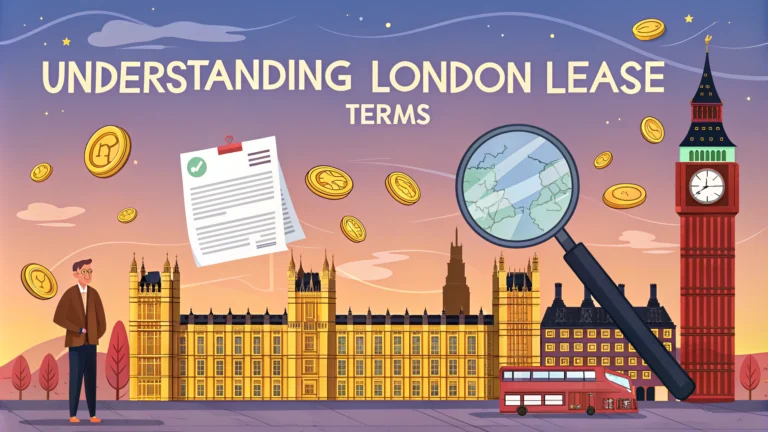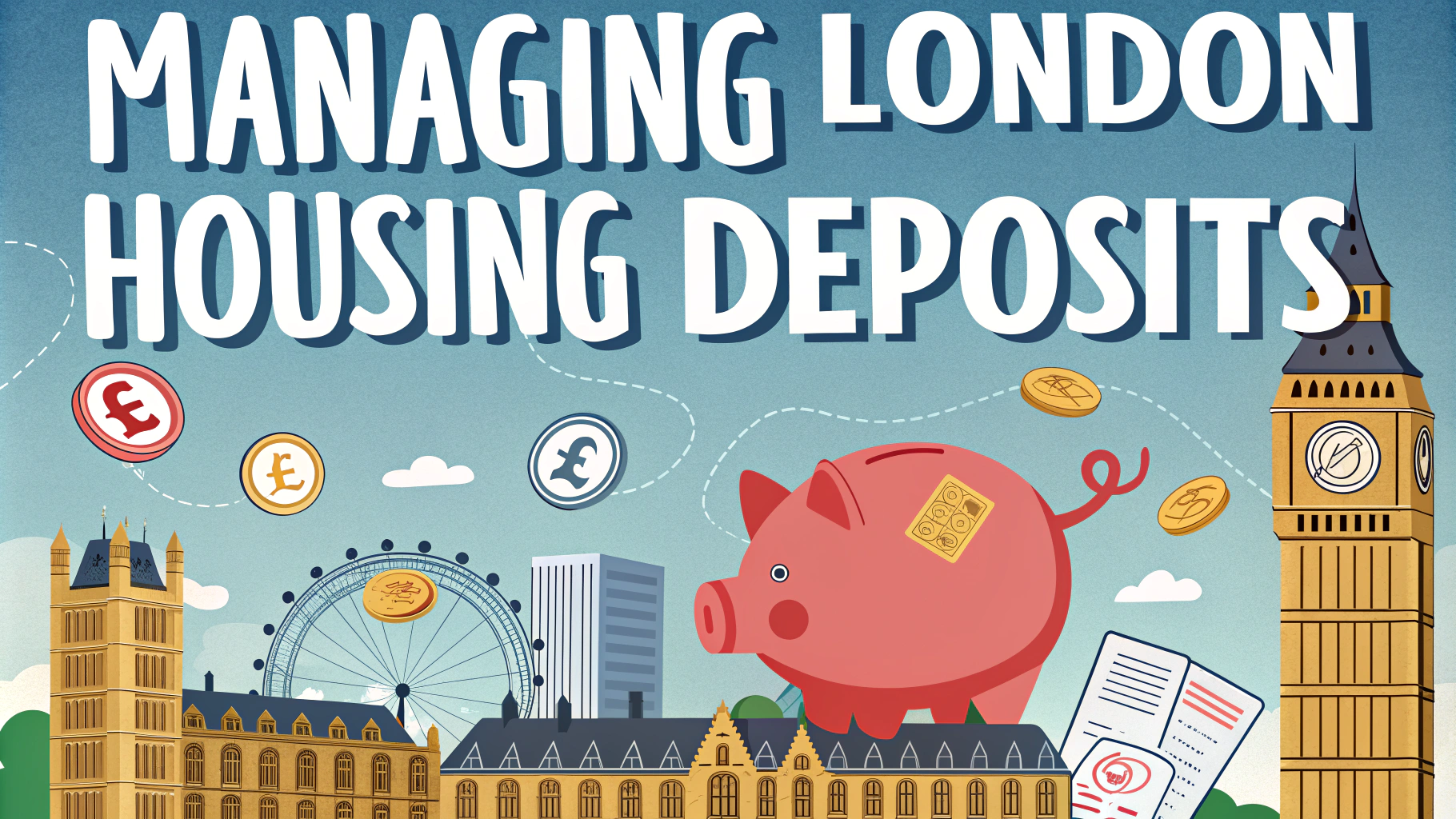London’s rental market has unique characteristics and terminology that can be confusing for newcomers and even experienced renters.
Understanding lease terms properly helps prevent misunderstandings, saves money, and ensures you know your rights and responsibilities as a tenant.
This quick guide breaks down the essential lease terms and conditions you’ll encounter when renting in London.
Common London Lease Types
- Assured Shorthold Tenancy (AST) – The most common rental agreement in London
- Periodic Tenancy – Month-to-month agreement after fixed term expires
- Licensed Agreement – Used for lodgers living with landlords
Key Terms in London Leases
- Break Clause – Allows early termination under specific conditions
- Notice Period – Usually 2 months for landlords, 1 month for tenants
- Deposit Protection – Must be registered with approved schemes within 30 days
- Joint and Several Liability – All tenants responsible for rent/damages
Financial Terms to Know
| Term | Description |
|---|---|
| Holding Deposit | Maximum 1 week’s rent, refundable |
| Security Deposit | Maximum 5 weeks’ rent (6 weeks if annual rent exceeds £50,000) |
| Permitted Payments | Rent, deposits, utilities, default fees only |
Common Tenant Responsibilities
- Regular property maintenance and cleaning
- Prompt rent payments on agreed dates
- Utility bill payments (unless included)
- Council tax payments
- Property damage reporting
Landlord Obligations
- Maintaining property structure and exterior
- Ensuring heating and hot water systems work
- Handling major repairs
- Providing Energy Performance Certificate (EPC)
- Gas Safety Certificate annual renewal
Right to Rent Checks
All tenants must prove their legal right to rent in the UK before signing a lease.
- Valid passport
- UK visa or residence permit
- Birth certificate (UK citizens)
Where to Get Help
- Shelter – 0808 800 4444 (Website)
- Citizens Advice – 0808 223 1133 (Website)
- London Renters Union – (Website)
Moving Forward with Your London Lease
Always read your lease agreement thoroughly before signing and keep copies of all documentation.
Consider getting contents insurance to protect your belongings, as landlord insurance only covers the building.
Join local tenant groups or unions for support and advice throughout your tenancy.
Additional Moving Tips
- Photograph all rooms during move-in and move-out
- Set up utility accounts before moving in
- Register for council tax immediately
- Update your address with important institutions
- Get familiar with local transport options
Dispute Resolution
- Document all communication with landlord
- Use dispute resolution service if deposit issues arise
- Contact local council for serious disrepair
- Seek legal advice for complex disputes
Required Documentation
| Document | Purpose |
|---|---|
| Inventory Report | Lists property condition and contents |
| How to Rent Guide | Government guide explaining rights |
| Deposit Protection Certificate | Proves deposit is protected |
Successful Renting in London
Understanding your rights and responsibilities is crucial for a positive rental experience in London. Keep all documentation organized, maintain open communication with your landlord, and don’t hesitate to seek help when needed.
Remember that London’s rental market moves quickly – being prepared with knowledge and documentation will give you an advantage in securing and maintaining your ideal rental property.
Stay informed about any changes in rental laws and regulations that may affect your tenancy, and always prioritize proper documentation of your rental journey from start to finish.
FAQs
- What is the typical length of a residential lease in London?
Most residential leases in London are either 6 months or 12 months long, with 12 months being the most common. Short-term leases under 6 months are less common but possible. - Do I need to provide a deposit when renting in London?
Yes, landlords typically require a deposit equivalent to 5-6 weeks’ rent. This must be protected in a government-approved tenancy deposit scheme within 30 days of receipt. - What documents do I need to rent a property in London?
You’ll need proof of identity (passport/ID), proof of address, proof of employment, bank statements, references from previous landlords, and proof of right to rent in the UK. - What is a break clause and how does it work in London leases?
A break clause allows either party to terminate the tenancy before the fixed term ends, typically with 2 months’ notice. This usually can’t be exercised in the first 6 months of the tenancy. - Are utility bills typically included in London rental prices?
Most London rentals exclude utility bills from the monthly rent. Tenants are usually responsible for council tax, water, gas, electricity, and internet/TV services. - What is the ‘Right to Rent’ check?
It’s a mandatory check required by UK law where landlords must verify that all tenants aged 18 or over have the legal right to rent property in England. - How much notice must I give to end my tenancy in London?
For periodic tenancies, tenants must give at least one month’s notice. For fixed-term tenancies, notice requirements depend on the break clause terms or the contract’s end date. - What is an Assured Shorthold Tenancy (AST)?
An AST is the most common type of tenancy agreement in London. It gives tenants the right to live in a property for a fixed term while protecting both landlord and tenant rights. - Can a landlord increase the rent during a fixed-term tenancy?
Rent can only be increased during a fixed term if there’s a rent review clause in the tenancy agreement. Otherwise, it can only be increased when the fixed term ends. - What fees can landlords or agents legally charge in London?
Since the Tenant Fees Act 2019, landlords can only charge rent, deposits, utilities, and fees for specific circumstances like lost keys or late rent payments. Most other fees are banned.







